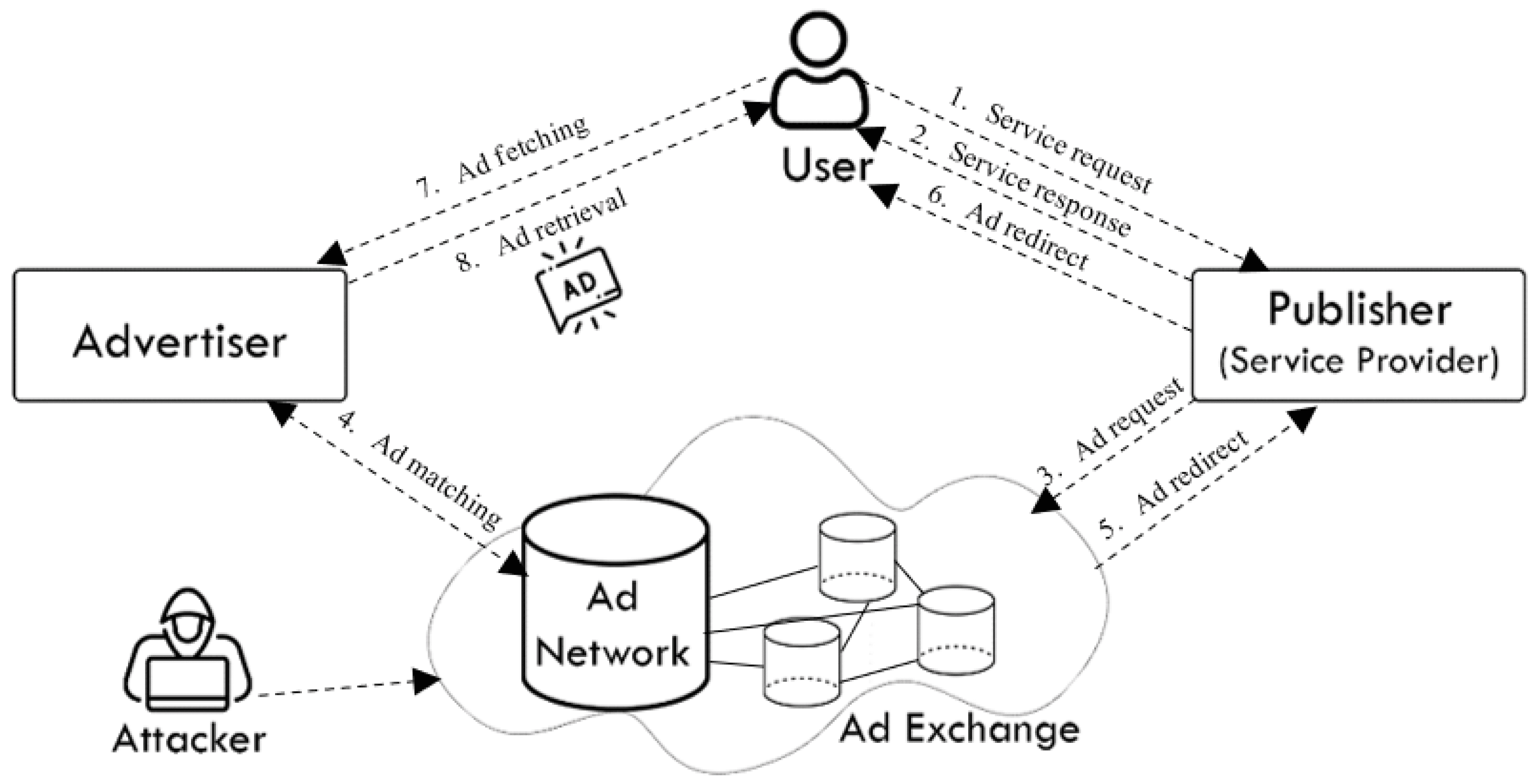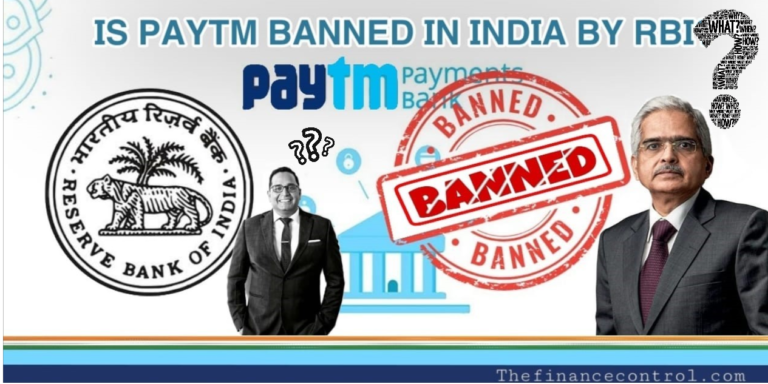The prospect of working for yourself might be quite tempting. Imagine having the freedom to work from any location, being your own employer, setting your own hourly rate, and selecting the specific coworkers you choose. You’ve come to the correct site if you’re wondering how to begin freelancing without any prior expertise.
Table of Steps
1.Create
a website first
2.Then
search freelance websites
3.
Present Your Work
4.
Provide Free Services
5.
Make Connections Within Your Circle
6.
Make use of social media
7.
Produce phony client projects
8.
Present Your Solutions
9.
Identify Your Strengths
10.
Think About Interning
This post will cover every aspect
of how to become a freelancer without experience, so stop looking for other
articles on the subject. If you follow these instructions, you could be on your
way to landing your first client.
Here’s my guide to freelancing for beginners.
1.Create a website first
The simplest method to begin freelancing without any prior expertise is probably to build a website to showcase your offerings.
You can discover templates for pretty much every online platform out there, even if you’re not a web designer. Simply adjust the colors to reflect your logo is all that is necessary.
I recommend Wix and Elementor as a couple of website building tools for novices. The latter is less expensive. Consider checking out WordPress if you’d like a little more independence.
Buying your own domain name is one thing to be sure of while building a website. for example, (www.yourwebsite.com)
Clients will immediately see this as being much more professional, and you can typically acquire a free email account at your domain as well, eliminating the need for services like Gmail.
You don’t need to provide a ton of content on your website that will boring your visitors. Write your text with an emphasis on your client, your services, and how you can help. A home page, a about page, a contact page, and a services page should be there at the very least.
Consider launching a blog on your website as well to increase your domain authority. This is a fantastic approach to share knowledge with potential customers and demonstrate your expertise so that you can begin to convince people that you are a specialist in your industry and that they should hire you because of your skill set.
Potential clients may be found on several freelancing websites searching for someone to do one-time (and occasionally continuing) assignments for them. These might include writing blog posts for various websites, graphic design assignments, and proofreading and editing work.
It’s always a good idea to invest in yourself and receive any training or qualifications that can help you find a job, regardless of whether you have prior experience or not. You should enroll in a TEFL course if you intend to teach English. If you plan to proofread, enroll in a course with plenty of assistance and job placement at the end.
4. Provide Free Services
I don’t believe in providing free services until you’re more established, and it’s critical to understand your value. However, there is nothing wrong with providing certain customers with your services for free while you are just getting started.
Just be careful to draw up a contract and restrict the quantity of persons you provide this service to.
The ultimate payment should be a client testimonial that you may display on your website. Additionally, you want to have the freedom to include the work in your portfolio so that anyone visiting your website can view some of the work you are capable of doing.
Recall that I did emphasize that even if you receive free services, a contract should still be in place. This is crucial because it protects both you and the customer in the event that they start demanding more than you first agreed to.
You want to make sure you aren’t being taken advantage of since scope creep might be real.
You may even think about reducing your package sizes while providing free services so that you can still build a strong portfolio.
A mood board, five submarks, and social media templates, for instance, are not necessary required to be included in your custom branding package.
Simplify it so that you aren’t giving away too much for free, and then provide the customer who received the gratis work with the rest of your services as an upsell.
5. Make Connections Within Your Circle
Connect, connect, connect! This is the best advice on how to start freelancing without any prior experience. One of the finest pieces of advice for rookie freelancers is to spread the news about your new services in any manner you can.
LinkedIn may be used to connect with former employers and coworkers. Inform them about your new offerings and costs and ask if they are aware of anyone who might be interested.
Let your friends and family know about your new offerings by posting on your own Facebook page. Some family friends who required graphic design skills led to a couple of my first customers, who I shared with them on my personal Facebook profile.
Looking For More Freelance Articles?
- 20 Best Time Management Tools For Freelancers
- How To Make Money As A Freelance Social Media Manager
- 10 Ways To Make Money As A Graphic Designer
- How To Make Money On Upwork: An Expert’s Review
- 10 High-Paying Online Jobs
- How To Create a Freelance Website (Step by Step Guide)
- 15 Best Freelance Websites for Beginners
- 25 Best Apps For Freelancers (Free and Paid)
- 15 Best Tools For Social Media Managers
6. Make use of social media
If you’re wondering how to start freelancing without any expertise, you should be aware that social media may be a powerful tool for marketing your services. I advise you to consider who your ideal client is and where they could be. Would they be on Facebook or Instagram? YouTube?
If you don’t know where they are, use the social networking sites you use the most to establish accounts with your new company name associated with them.
Utilize Reels, write Guides, make an effort to publish frequently, and utilize Stories to put your face forward. You can never be sure who will see your page.
If you seek in the correct locations on Facebook, you may find a ton of customers there as well. Make sure to join Facebook groups where the people you wish to collaborate with are present. For instance, you would join as many travel blogger groups as you can if you wanted to collaborate with travel bloggers.
Don’t advertise yourself in any manner once you’ve been allowed into the groups.
Wait until someone in one of these groups asks a question you can respond to, and make sure it has anything to do with your services. This is how I’ve gotten a lot of clients, and it shows that even without experience, you have expertise.
7. Produce phony client projects
Making up customer projects and posting them on social media and in my portfolio is one of my new favorite strategies for attracting clients and showcasing my abilities.
Instead of lying and claiming that you produced the project for a customer, explain your reasoning by saying that you made a prompt and felt it would be useful for a certain kind of client.
For instance, I recently began providing branding services, but my portfolio doesn’t contain a lot of logo design.
Make sure you are only working on the projects you intend to produce for your clients when you establish phony client projects. If you want to collaborate with the course designers, for instance, don’t concentrate on designing for a botanical store. There is no connection between the two.
Try a quick internet search if you’re having problems coming up with ideas for these fictitious customer assignments. You won’t have to think too hard because a fast Google search will turn up a ton of prompts.
8. Present Your Solutions
Many freelancers advocate just pitching to warm leads, however if you’re looking for advice on how to start freelancing without any expertise, I suggest you think about cold pitching.
Sending a cold email to a company you believe may use your services because its principles line with yours is something you shouldn’t do very frequently.
Never go into too much detail on marketing your services in the initial email you send. Instead, concentrate on the company to whom you are writing and explain how you share its values and enthusiasm for what it does. Make sure to be as descriptive as you can so they understand this wasn’t a bulk email.
Finally, give a one-sentence summary of what you do and say that you’d be pleased to arrange a time to talk further. Although it doesn’t happen often, cold pitching has helped me land two clients.
9. Identify Your Strengths
This may seem like a no-brainer, but give your soul some time to reflect and identify your strengths and interests. After that, center your services on them.
Perhaps you have your own blog and discover that you enjoy and are skilled at writing. Then, maybe, you could put up a package that costs a specific amount and includes 5 blog entries each month.
I realize that when you think of an intern, you generally picture someone who does unpaid labor or gets paid very little for it.
Well, believe it or not, a lot of independent company owners use interns to assist with duties like social media management, email response, and more that they don’t have time for.
Even better, since many freelancers are aware of how challenging freelancing can be, they compensate their interns fairly. Interning for $18 per hour when I initially started out was more money than I would have made otherwise.
Best Jobs For Freelancers With No Experience
Now that you know some of the best tips for getting a freelance gig with little experience, I bet you’re wondering what jobs are suited for those just starting. There are quite a few freelance services that you don’t need a lot of experience for, luckily.
1. Proofreader / Editor
This an excellent job for freelancers starting out. Now, you probably won’t be able to get high-paying jobs unless you have taken some sort of course and received proper training.
By spending some time and money on yourself first, you’ll set yourself up for solid work down the road.
The proofreading and editing courses with Knowadays include one-on-one support from expert tutors, a free trial, and guaranteed work with their partner, Proofed. Advance your skills and get a job afterward, it’s a win-win!
2. Transcriptionist
To be a transcriptionist, you don’t need to have any experience at all working with past clients. All you need is a computer and to be able to transcribe what you hear in a timely manner. While this isn’t a high-paying job, it can be a great way to gain some client experience.
3. Writing
If you went to school, then you’ve spent a lot of time writing essays. Therefore, you can offer writing as one of your services. While beginner writers don’t make a whole lot of money, the more niche your work gets, the more you can charge.
I have quite a few freelancing friends who even charge $0.25 per word, which can add up quickly if you’re writing articles that are a few thousand words.
4. Virtual Assistant
To be a virtual assistant, you basically need to know how to follow directions given to you by your client. Virtual assistants do a little bit of everything, from scheduling meetings, emailing clients, and sending invoices, to helping create social media posts. Plus, virtual assistants can easily make up to $50 or more an hour.
5. Social Media Manager
With everyone on social media, you really don’t need any experience to be a social media manager. I’m one, and I didn’t even go to school for it, so it’s totally possible!
If you know your way around Instagram, Facebook, Twitter, or another platform, then you can be a social media manager. Utilize free templated design tools like Canva and then write a catchy caption to go along with it. It’s that simple.
6. Customer Service
Customer service representatives are always in need. Often, this is a freelance remote job for online companies that sell products.
There are small business owners and bloggers who have customer service representatives to basically be in charge of staying on top of emails that come in.
Do you have access to a computer? Are you good at explaining things? Then customer service can be a great way for you to get some client experience under your belt.
Freelance Jobs With No Experience: FAQ’s
The best way to start out is to look on various remote work job boards. Check out FlexJobs and Upwork, or search on Facebook groups. You can also create your own website or social media page to promote your work. I recommend getting any certifications that you can to help give you a leg up when looking for freelance work online.
There are many freelancing jobs for beginners. You could become a proofreader/editor, a blogger, a social media manager, a videographer, TEFL teacher, a consultant, etc.
The best thing to remember is that you may be working for less, or nothing at first in order to get your name out there and gain some experience. Take any courses or classes that you can in order to build your skills and qualifications. Then, look on websites such as Upwork or Flexjobs, or promote yourself through social media or a website.
Final Thoughts
Now you know how to become a freelancer with no experience. It truly isn’t that difficult if you focus on what you’re good at and don’t mind being paid a bit less in the beginning.
One thing to keep in mind as an early freelancer is that your pricing can be fluid. If you start to book up, raise your rates and charge your worth. If you find that you have a slower month, consider lowering your prices until you get a few more clients.
I really hope that this manual will help you launch a freelance career. Please distribute the article to your friends on social media or by email if you found it to be helpful.










.jpg)







